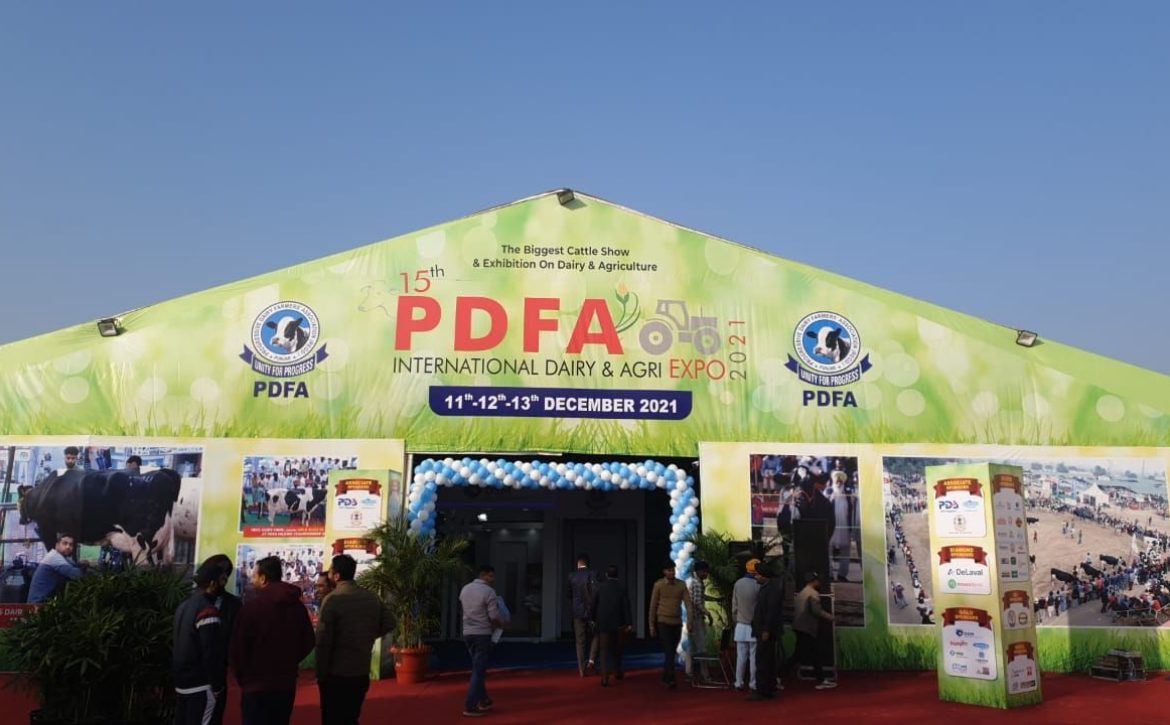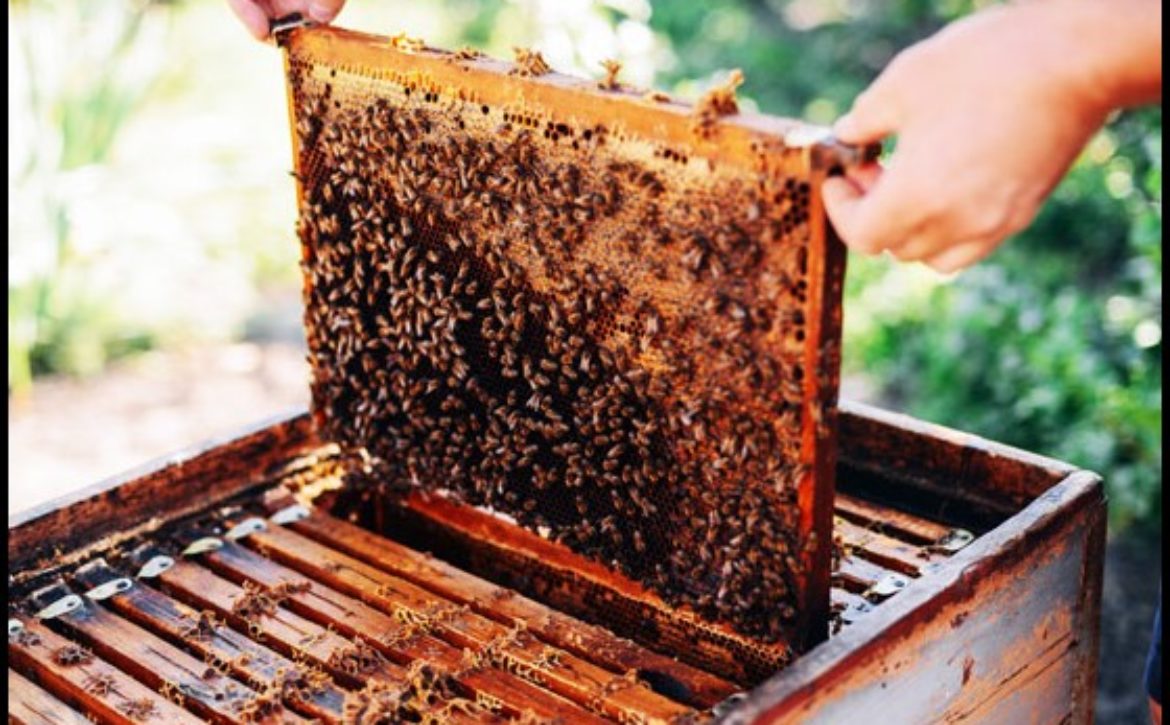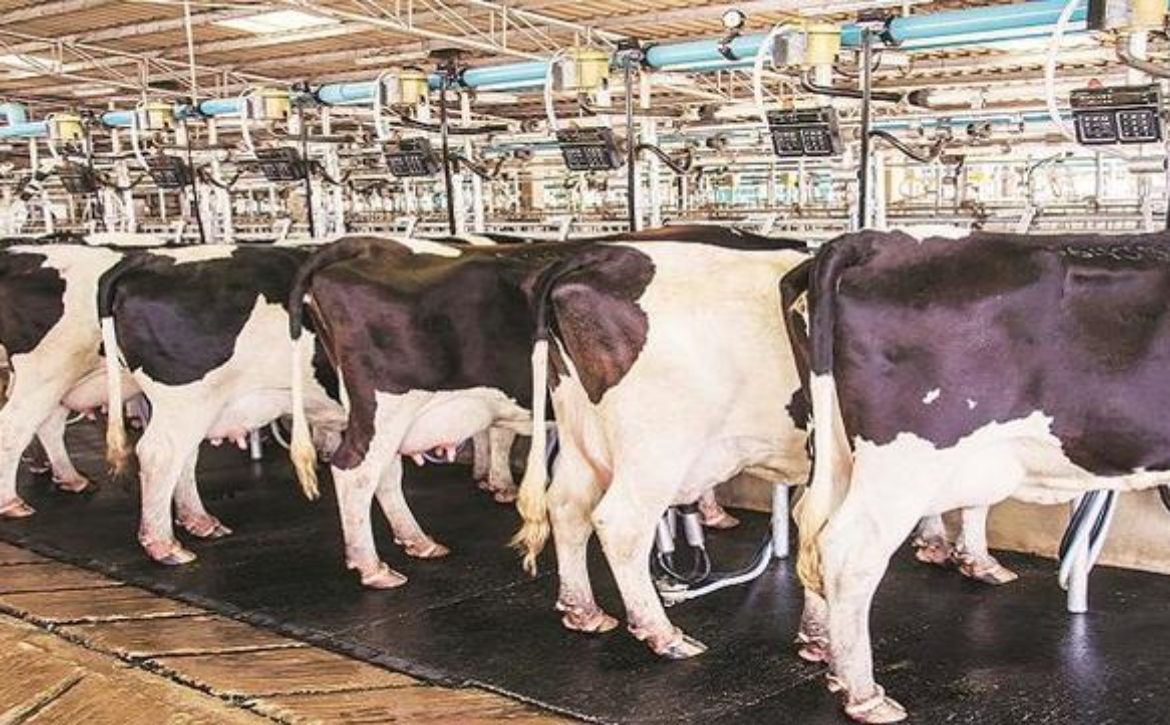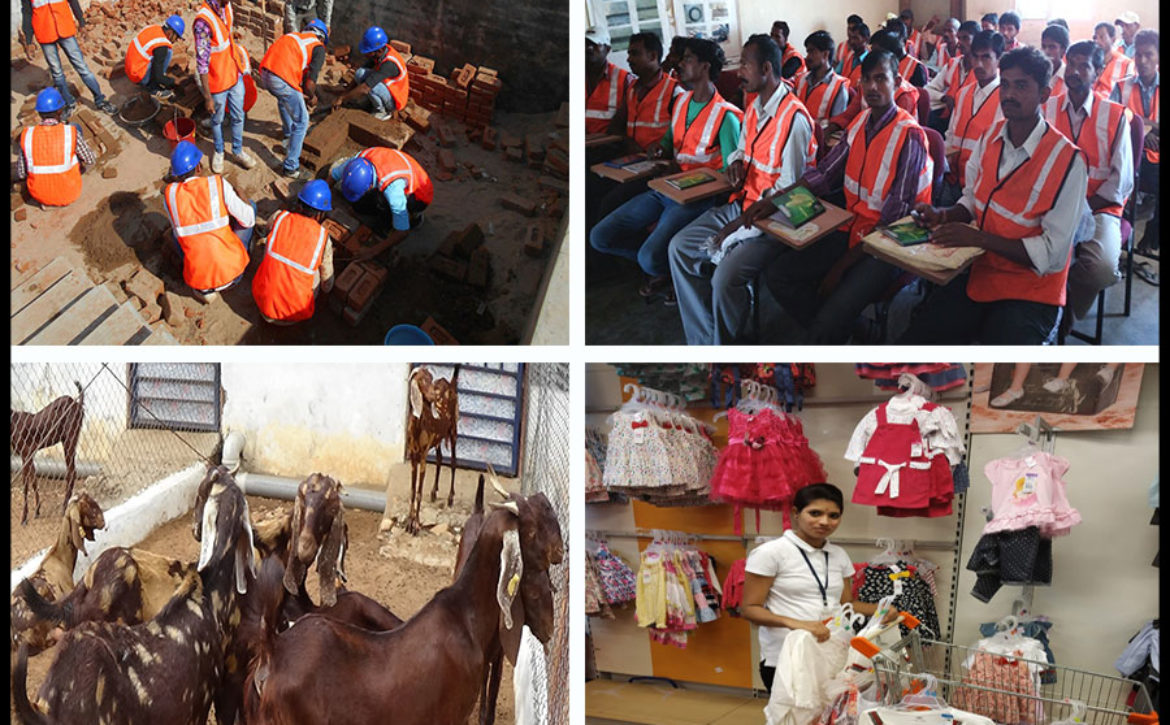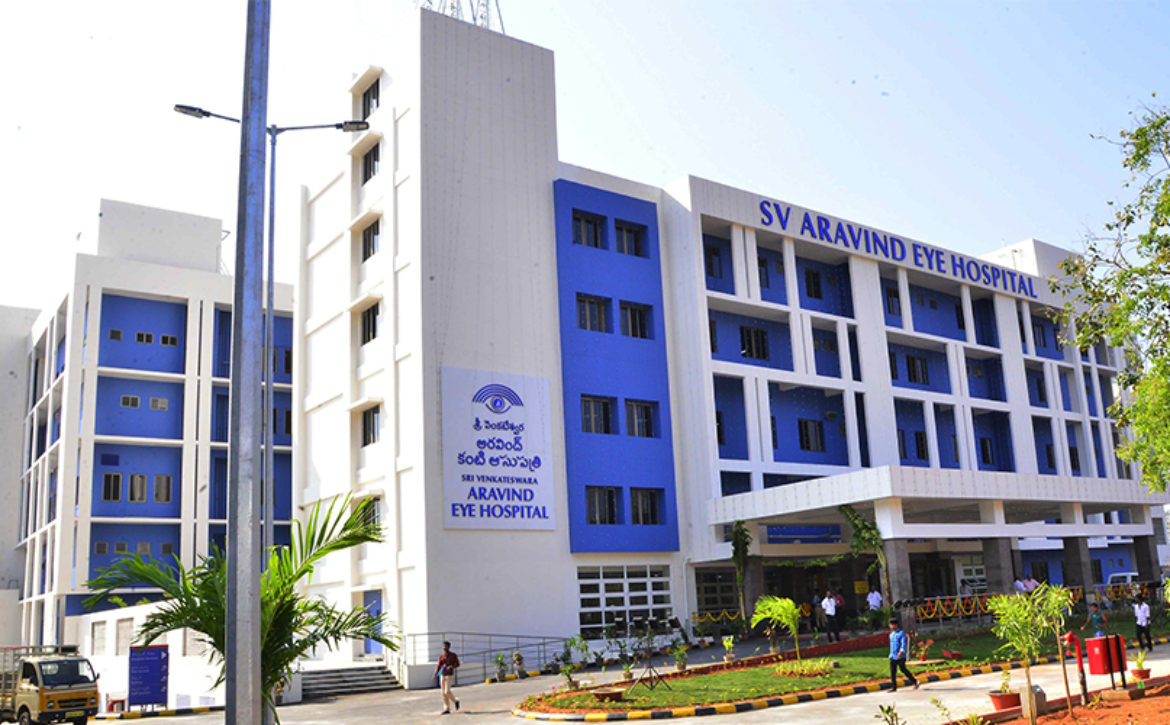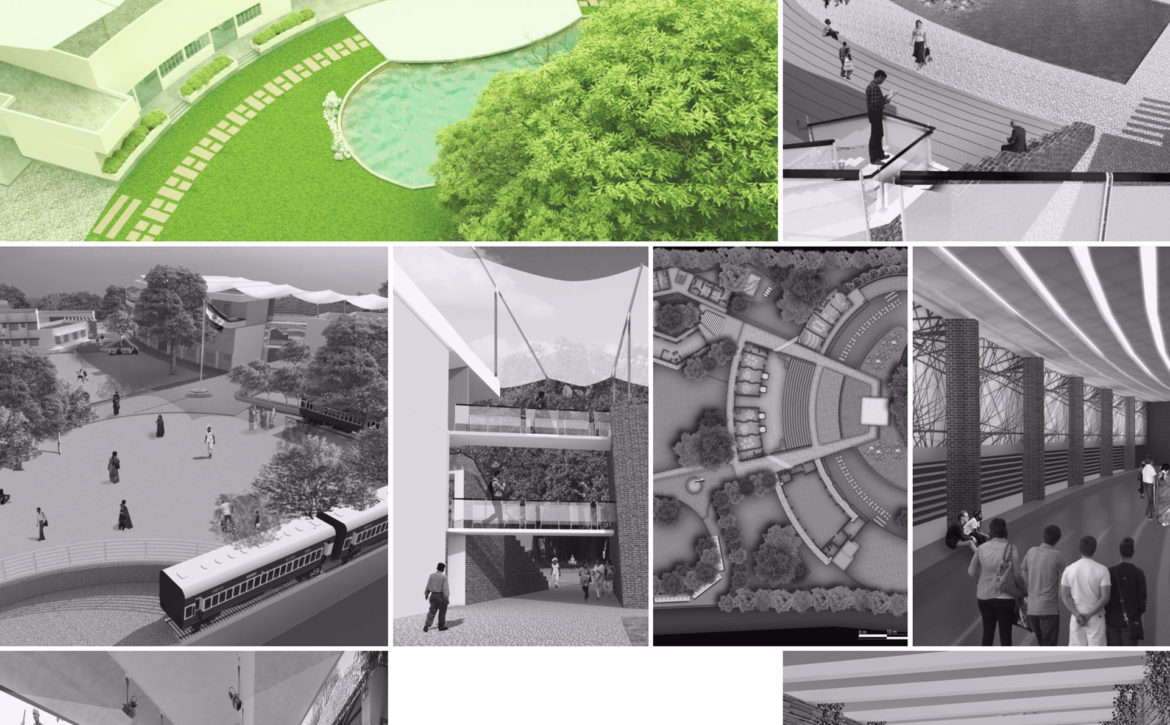PDFA-Creating a platform for Dairy Farmers to get the best Technologies
We visited the Punjab progressive farmers (PDFA) event from 10th to 13th Dec 2021 at Jagraon, Ludhiana at Punjab. We came back highly inspired to see a very innovative agriculture event, which is organized by farmers to ensure that they are exposed to the best global products, practices, and technologies in the dairy sector. No wonder, Punjab sets the benchmarks for the dairy sector in India which are comparable amongst some of the best in the world. Punjab farmers excel across genetics, nutrition, and housing practices, the 3 core drivers of dairy farming profitability.

PDFA WAS FORMED IN 1972
PDFA was founded in 1972 by a few progressive farmers under the patronage of Punjab Agricultural University (PAU). The idea was to organize the progressive dairy farmers under one entity followed by access to modern dairy techniques to improve the productivity as well as the profitability of the dairy farmers. After the bifurcation of the University into Veterinary University and Agricultural University (GADAVSU and PAU), PDFA is now solely supported by GADVASU. Interestingly, over the past decade, PDFA has become independent of Government or University control.

STARTED WITH A FEW FARMERS, 40000 MEMBERS TODAY
Over the years, PDFA, has grown into an association of 8500 large farmers and 30,000 small farmers. A large farmer is one with more than 20 cattle. PDFA farmers are primarily into the rearing of HF cows and Murrah buffaloes. In the last 5 years, they have included other higher milk-yielding breeds such as Jersey too. The core members of the PDFA travel globally to the USA, EU, and New Zealand to get insights on the best practices adopted by the dairy farmers. In the past few years, non-Punjab farmers have started emulating the PDFA recommended technologies and farm practices. PDFA has started monthly meetings at Ludhiana by inviting various companies or University professors to give technical lectures. PDFA also organizes an annual cattle show where multiple types of competitions are held for milking and breeding. Additionally, multiple companies exhibit their products and technologies.

PDFA TEAM IS NOW LEVERAGING ITS SCALE
PDFA farmers, as a group has started leveraging its scale by getting good prices for its farmers from Milk procurement companies, relevant support from the state Government and University as well as companies supplying dairy equipment. PDFA has created its own milk products brand “La Pure”. They have also started the construction of their own milk processing plant. Both these initiatives are being undertaken to reduce dependence on external agencies. Additionally, PDFAs own milk brand will ensure higher quality led improved pricing for its products.

EARLY INTERVENTIONS TO IMPROVE GENETICS
Genetics plays a very crucial role in permanently enhancing the profitability of dairy farmers. PDFA started import of high merit semen in 2010 to improve the genetics of their livestock especially of HF and Jersey breeds for cows and the Murrah breed for buffaloes. The PDFA has started trials in embryo-derived pregnancies. Additionally, they are also doing trials to see the performance of sex-sorted semen.

MULTIPLE TRIALS IN NUTRITION
After Genetics, the next big driver of dairy profitability is nutrition. Here, PDFA has ensured that many large Indian, as well as global cattle nutrition players, are supporting its farmers. Of late, PDFA has also started undertaking large-scale trials to see the benefits of “silage” as a source of higher nutrition at reduced costs.

TO CONCLUDE
In addition to the cooperative model in dairy farming, PDFA has successfully created an “alternate platform” for the benefit of its dairy farmers. This model looks highly replicable not only for dairy but for other agricultural products as well.


Founder
GormalOne LLP
Delivering Resources to Empower
OUR DAIRY-TECH INITIATIVE


